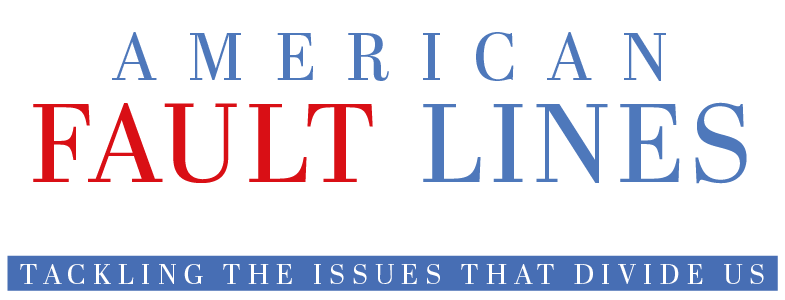Sept. 1999
A look at healing meditations developed by Tulku Thondup Rinpoche, author of The Healing Power of Mind.
The simplicity of the mindfulness meditations taught by Jon Kabat-Zinn makes them readily accessible to non-Buddhists. But healing practices are also at the heart of the more esoteric teachings of Tibetan Buddhism, and Tulku Thondup Rinpoche, a lama now living in Cambridge, is committed to making them available to a wider audience.
"In the Tibetan tradition if you are sick, first you will go to the lama to do prayers or meditations, then you will go to a doctor to get medicine," says Tulku Thondup. "It is part of the culture and really it works." Tibetan healing meditations are "mainly mindfulness of the body and mindfulness of the feeling," he acknowledges, "but they are inspired by tantric meditations, especially the Vajrasattva meditation of receiving blessings and purification, and the practice of receiving the body, speech and mind in guru yoga." The problem is that most tantric practices cannot be taught to non-practitioners, so Tulku Thondup has developed a set of parallel healing practices built around the core Buddhist concepts. The meditations are presented in his book, The Healing Power of Mind, and he teaches them at seminars around the world. "If our mind is in peace, then our energy will be in peace, and if our energy is in peace, then the elements of our body will be balanced," he explains. "It’s a very simple idea but that’s the most profound Buddhist approach to meditation about healing." There are twelve stages to Tulku Thondup Rinpoche’s meditation technique, inspired in part by the writings of the third Dodrupchen Rinpoche, a great Dzogchen master. The technique is based on what he calls "the four healing powers"—positive images, words, feelings, and trust. It involves bringing the mind back to the body, generating peace and calmness, expelling negative sensations with the breath, grounding the floating mind, and uniting the body and mind. In one meditation, the student visualizes each breath as a wave of healing energy, which fills every cell. This is followed by a body scan. "The body is made of billions of cells of light, like rainbow light. We go into cells and see that each cell is a universe and then each cell is filled with healing energy—heat and blissfulness," he explains. "And because your body is an infinite and boundless body, you make some movements and feel energy going to every part of the body, waking the healing energy, and reconnect with every part of your body as one team. You then share that light and healing energy with the whole universe, and at the end go to oneness with the experience of the healing meditation." The origin of the meditation will be readily apparent to tantric practitioners. "In Buddhist meditations," says Tulku Thondup, "you visualize and pray to the Buddha, and then blessing light purifies and transforms your body into light body. Every cell is a cell of light and every cell is a pureland, filled with Buddha surrounded by an infinite number of enlightened beings and blessing energy, and that’s shared with all sentient beings." There are those who criticize Tulku Thondup for transforming vajrayana practices into generic healing exercises, claiming his approach is New Age, not Buddhism at all. "Eating food is not Buddhism," he replies, "all human beings eat. But if you eat with mindfulness, that’s one of the most important meditations in Buddhism. If you look at a tree and see the tree as a source of heat, source of joy, source of calmness, then looking at the tree becomes Buddhist. The important thing is whatever brings the awakening of peace, the awareness of peace, joy, whatever loosens the tightness of the grasping in our minds, that is Buddhism." Healing the self, he argues, is the very ground of the bodhisattva ideal: "If you really want to help others, you have to make yourself into a proper tool. If you are not healed or pure or peaceful, you can’t help anybody, so we have to purify ourselves first."
—Lawrence Pintak


